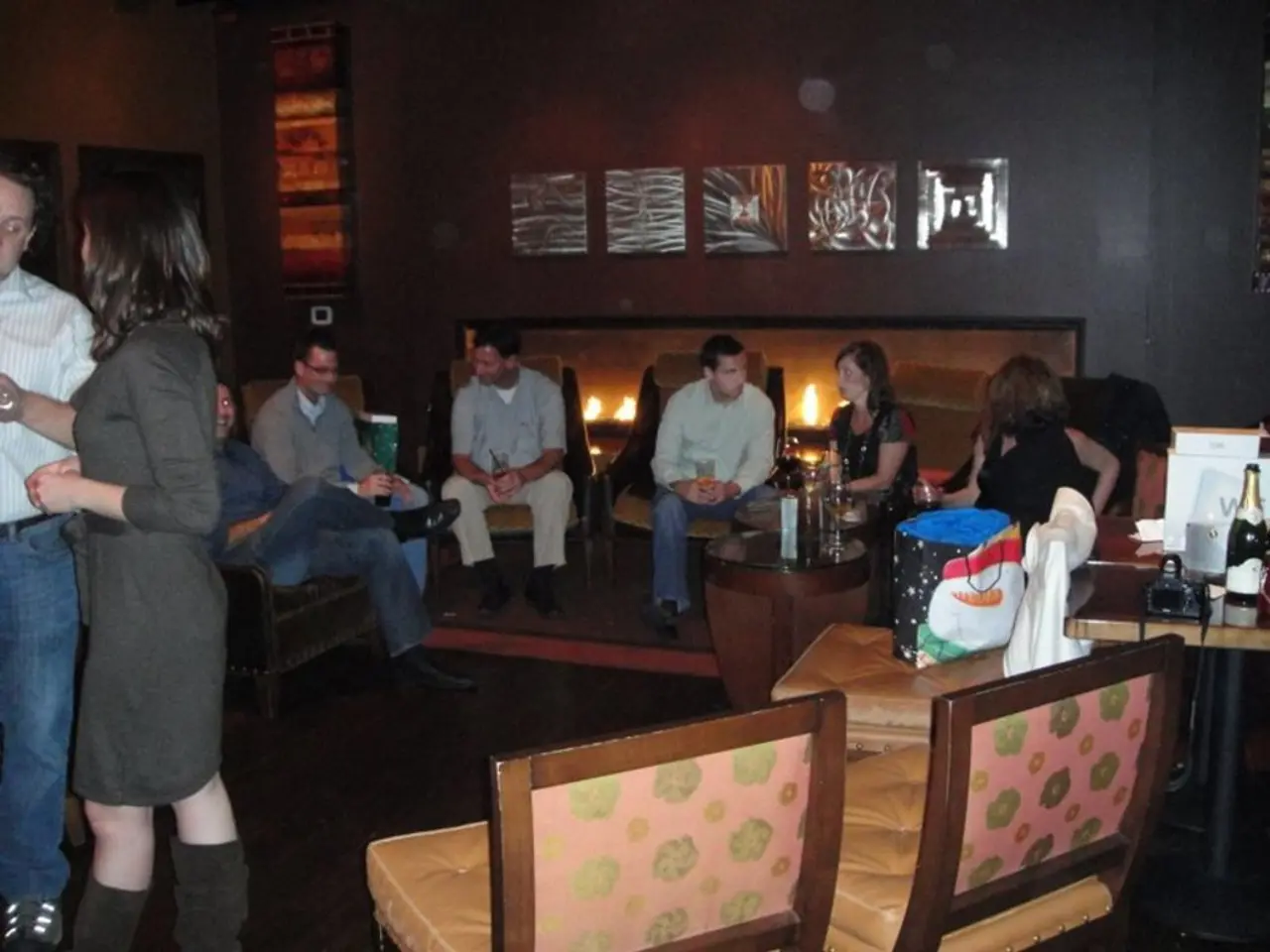Impact of Autism on Romantic Relationships: Strategies for Nurturing a Partner with Autism
In romantic relationships, autistic individuals may experience communication, social interactions, and intimacy differently from neurotypical individuals. These differences, rooted in distinct sensory, cognitive, and emotional processing pathways, can lead to misunderstandings and stress within relationships.
One common challenge is the difficulty in understanding another person's perspective, which can create misunderstandings or make it harder for autistic partners to anticipate their loved one's needs. To avoid such misunderstandings, practice being more direct in your communication with your autistic partner.
Autistic individuals frequently struggle with implicit communication, nonverbal cues, irony, and social norms, leading to frequent misinterpretations. Women with autism may face additional challenges due to societal and gendered expectations, often needing to mask or camouflage autistic traits by adopting neurotypical behaviors. This masking can result in significant mental strain, anxiety, depression, and autistic burnout.
Regarding social interactions, autistic individuals may have difficulties understanding social cues, maintaining eye contact, and interpreting social expectations, which can create barriers in romantic contexts. In terms of intimacy and emotional connection, autistic partners may express and process emotions differently, sometimes needing more time to respond or show emotional feedback compared to neurotypical partners. This difference can lead to what is sometimes described as "Cassandra Syndrome," where the neurotypical partner feels unheard or invalidated due to these differing emotional expressions.
Navigating social gatherings together can be crucial. Meet up with one or two people at a time, have a secret hand signal or code word that your autistic partner can use when they are reaching their social limit, and allow them alone time after social situations to recharge. Give your autistic partner space to think before expecting a response, not rush them to make decisions, and break down complex topics into smaller parts.
Some autistic people may find it challenging to express their emotions verbally or through conventional social cues. Be transparent about masking and let your partner know when you're camouflaging your autistic traits and that you need to feel safe to be yourself around them.
Encourage them to be themselves without judgment. Foster a safe environment for your autistic partner to be authentic by explicitly telling them that you love and accept them, showing interest in their perspective, and encouraging them to discuss their special interests. Having a shared interest can be a powerful bonding tool for autistic and non-autistic partners.
Utilize each other's strengths. By valuing and leveraging each other's natural talents, together you can create a strong, balanced partnership that benefits from their diverse ways of thinking and being. Be mindful of sensory sensitivities and learn about your partner's specific sensory triggers and needs, and work to create a sensory-friendly environment at home and advocate for accommodations in social settings.
In conclusion, autism can affect relationships by influencing communication styles, social interactions, and experiences of intimacy. However, with effective communication, empathy, patience, and mutual understanding tailored to individual needs, it is possible to foster healthy romantic relationships involving autistic individuals.
- Autistic individuals' different processing pathways in sensory, cognitive, and emotional realms may contribute to unique stresses in romantic relationships.
- Difficulties in understanding another's perspective can cultivate misunderstandings and amplify stress within relationships involving autistic partners.
- Nonverbal cues, implicit communication, irony, and social norms can pose obstacles for autistic individuals, resulting in frequent misinterpretations.
- Autistic women may confront additional challenges due to societal and gendered expectations, necessitating a masking or camouflage of autistic traits which can lead to mental strain, anxiety, depression, and burnout.
- In social contexts, autistic individuals may grapple with deciphering social cues, maintaining eye contact, and interpreting social expectations, which can act as barriers in romantic relationships.
- Autistic partners may exhibit differently in expressing and processing emotions, sometimes requiring more time to respond or express their feelings compared to neurotypical partners.
- The divergent emotional expressions by autistic partners can generate the so-called "Cassandra Syndrome," where neurotypical partners feel unheard or invalidated.
- Managing social gatherings can be essential, with strategies such as meeting up with one or two people at a time, utilizing secret signals or code words, and granting alone time for recharging post-socialization.
- Honesty regarding masking and revealing authentic emotions is crucial for autistic partners, with their partners aware that camouflaging is taking place and the need for a safe environment to be themselves.
- By embracing each other's uniqueness without judgment, creating a safe environment, and valuing one another’s natural talents, partners can develop a resilient, balanced relationship characterized by diverse ways of thinking and being.
- Developing effective communication, empathy, patience, mutual understanding, and sensory accommodations based on individual needs paves the way for healthy romantic relationships with autistic partners, despite the potential hurdles associated with autism.




